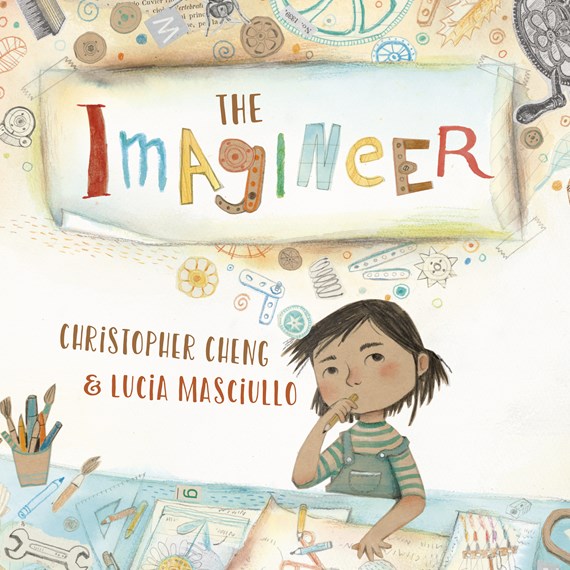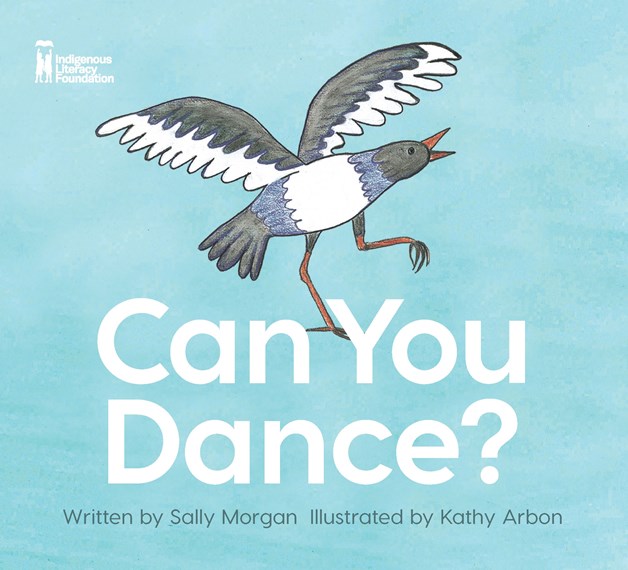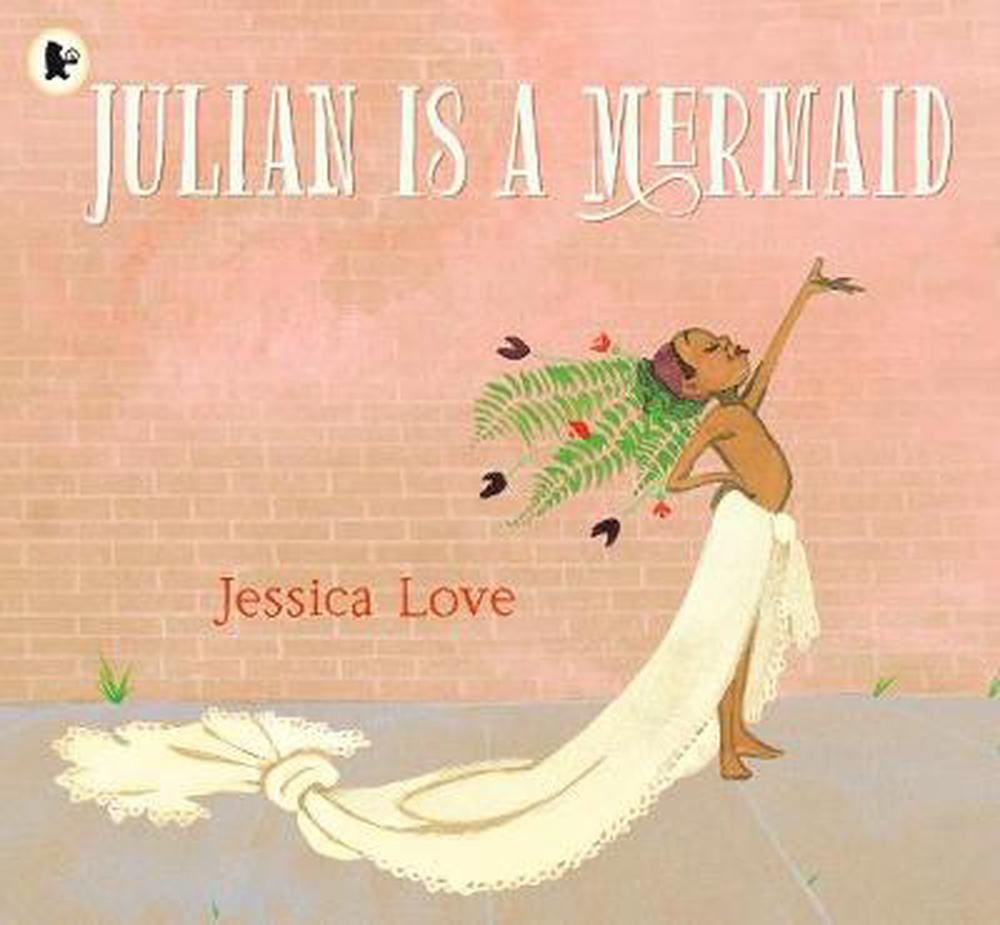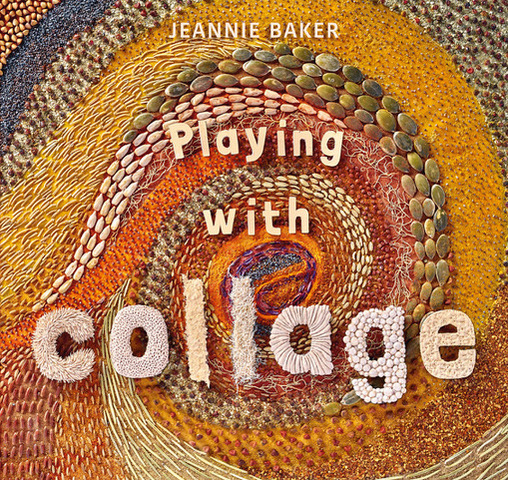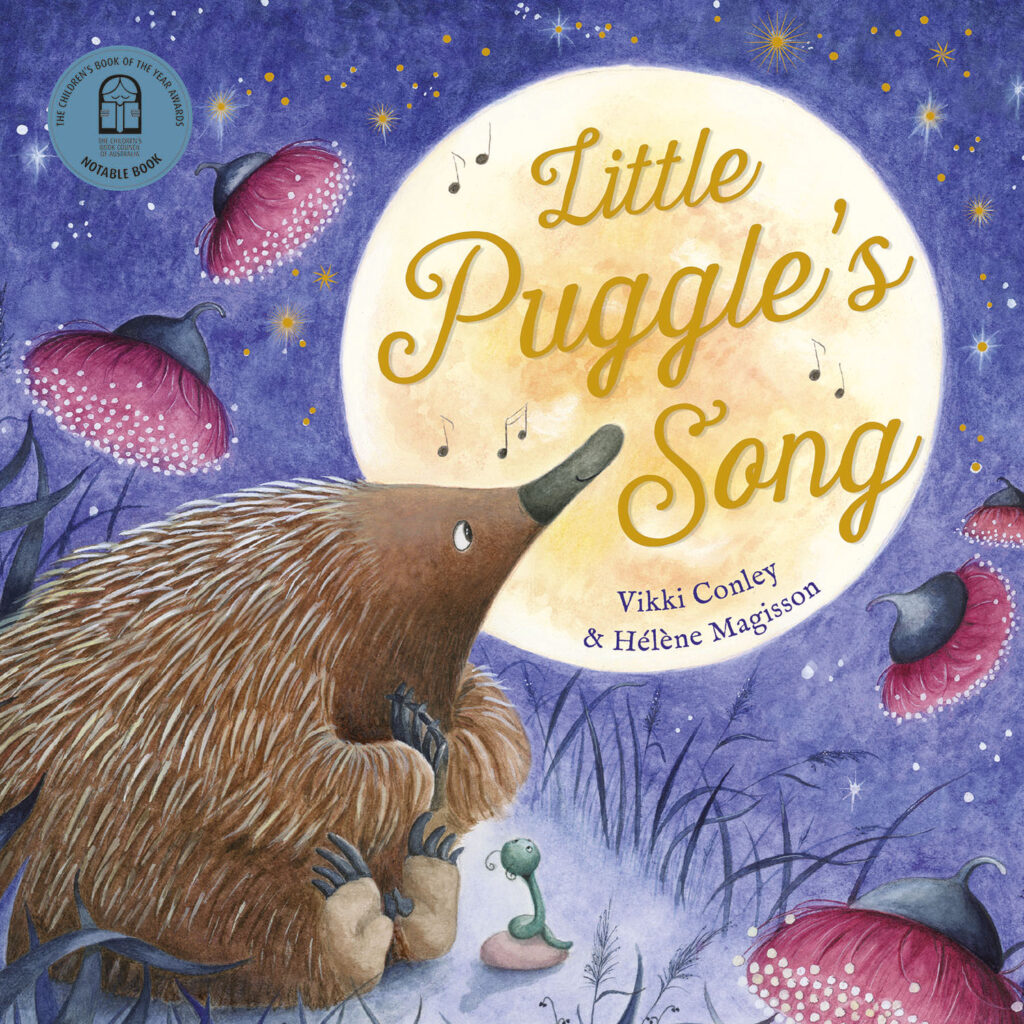The creative arts are essential elements of learning and development in the early years. Music, visual art, craft, storytelling and movement are all tools to help ignite the senses and develop divergent thinking and cognitive skills, self-expression and confidence, emergent literacy and fine motor skills.
Clare Court Educational Leader Sarah Gardiner recently delivered a workshop on inspiring creativity in the early years to Gowrie Victoria’s diploma students.
Sarah, who has a background as a professional musician, says many people are often hesitant to introduce certain creative arts into their practice because of their own lack of experience.
“What we have to remember is that it’s not about learning specific skills,” she says. “It’s about learning through them, and the creative arts are accessible to everyone because it’s about how you think, rather than the product. Creativity is such an important skill to help build and nurture – it really sets children up for later in life.”
Sarah says music, movement, storytelling and art are just some of the vehicles for supporting children’s creativity. “There’s so much learning that happens through the arts,” she says. “It’s an authentic way to approach over-arching pedagogies. Whether it’s exploring First Nations perspectives or the environment, the arts help contextualise children’s understanding in a way that’s meaningful to them.”
Music
As a musician, Sarah is passionate about the holistic benefits of music for children and says it plays a strong role in her daily practice. “Music is an incredible form of non-verbal expressive communication and I like to explore the intersection of music and visual art, movement and theatre,” she says.
One simple activity that Sarah introduced to the diploma class was to use percussion instruments and encourage students to play along with the Melbourne Symphony Orchestra. This allowed them to explore rhythm, tempo and dynamics, as well as self-expression and movement.
“We also looked at the intersection of music and visual art through emergent mark making,” Sarah says. “Children are amazing at interpreting music, and classical music has very clear themes, almost like an aural picture, that are so vivid for them, whether it’s horses galloping or the rolling sea.”
Sarah invited the class to respond to the Flight of the Bumble Bee (Rimsky-Korsakov), making marks on paper as they listened to the different instruments and tempo changes.
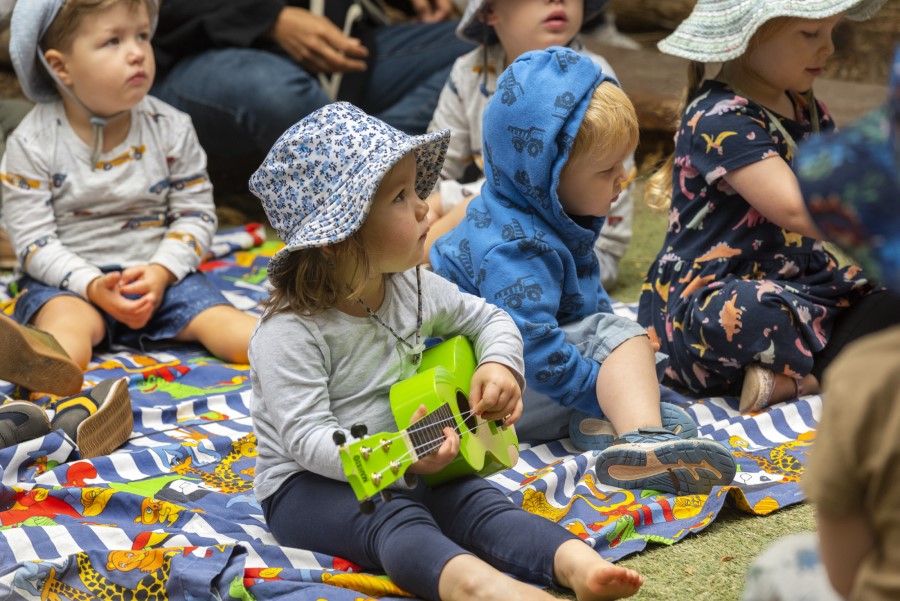
Dance & Drama
Movement, whether through drama or music, is a positive form of creative expression. Sarah says she often uses classical music, modernist art, or storytelling as provocations for children to move.
“It might be responding to music and thinking about moving their bodies to represent what they’re hearing,” she says. “Recently, we introduced the children to Bangarra Dance Theatre to encourage new ways for them to respond and start conversations about storytelling through movement and the use of culture as inspiration.”

Art & Craft
Art and craft are part of daily practice at Gowrie Victoria’s early learning services. But Sarah says it is important to remember that the focus of any artistic method should always be on the process, rather than the product. “It’s not about making something specific, but supporting children’s vision,” she says.
Collage, watercolours, pastels, charcoal, clay and sculpture are just some of the mediums on offer. “Anything goes, really,” Sarah says. “Art is accessible to everyone because it’s about how you think. We may demonstrate how to use the different mediums, but children have to know the rules in order to break them.”
Storytelling
Children’s literature is another accessible tool for inspiring creativity in children. Sarah says this powerful medium is often used as a provocation for intentional moments in the classroom.
Sarah says storytelling through books is so much more than reading a script. “First of all, you have to choose visually engaging, quality children’s literature,” she says. “Then it’s a matter of pulling the book apart and engaging with it more dynamically – knowing the content so you can change intonation, talk around the images and draw children’s attention to other elements in the text.
“Not only does this build verbal ability and understanding, it also helps nurture quality interactions in those small moments that emerge.”
